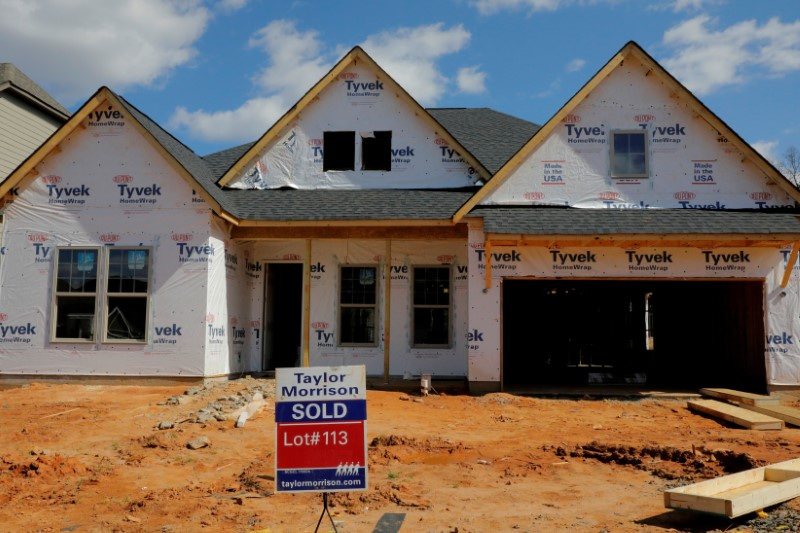WASHINGTON (Reuters) – U.S. construction spending increased in September, but momentum is slowing as the factory building boom fades.
The Commerce Department said on Wednesday that construction spending rose 0.4%. Data for August was revised higher to show construction spending surging 1.0% instead of rising 0.5% as previously reported. Economists polled by Reuters had forecast construction spending climbing 0.4%.
Construction spending shot up 8.7% on a year-on-year basis in September. Spending on private construction projects rose 0.4% after advancing 1.0% in August. Outlays on private non-residential structures like factories edged up 0.1%.
Spending on manufacturing construction projects fell 0.4%. Factory construction surged amid efforts by President Joe Biden’s administration to bring semiconductor manufacturing back to the United States.
Investment in residential construction increased 0.6% after rising 1.3% in the prior month. Spending on new single-family construction projects soared 1.3%. An acute shortage of previously owned homes on the market is boosting new construction, but with the rate on the popular 30-year fixed mortgage flirting with 8%, scope for further gains is limited.
Outlays on multi-family housing projects dipped 0.1% in September. This housing segment could struggle to eke out gains as the stock of multi-family housing under construction is near record highs. The rental vacancy rate jumped to its highest level in 2-1/2 years in the third quarter.
Spending on public construction projects rose 0.4% after gaining 0.9% in August. State and local government spending increased 0.9% while outlays on federal government projects dropped 5.3%.
(Reporting by Lucia Mutikani; Editing by Andrea Ricci)
